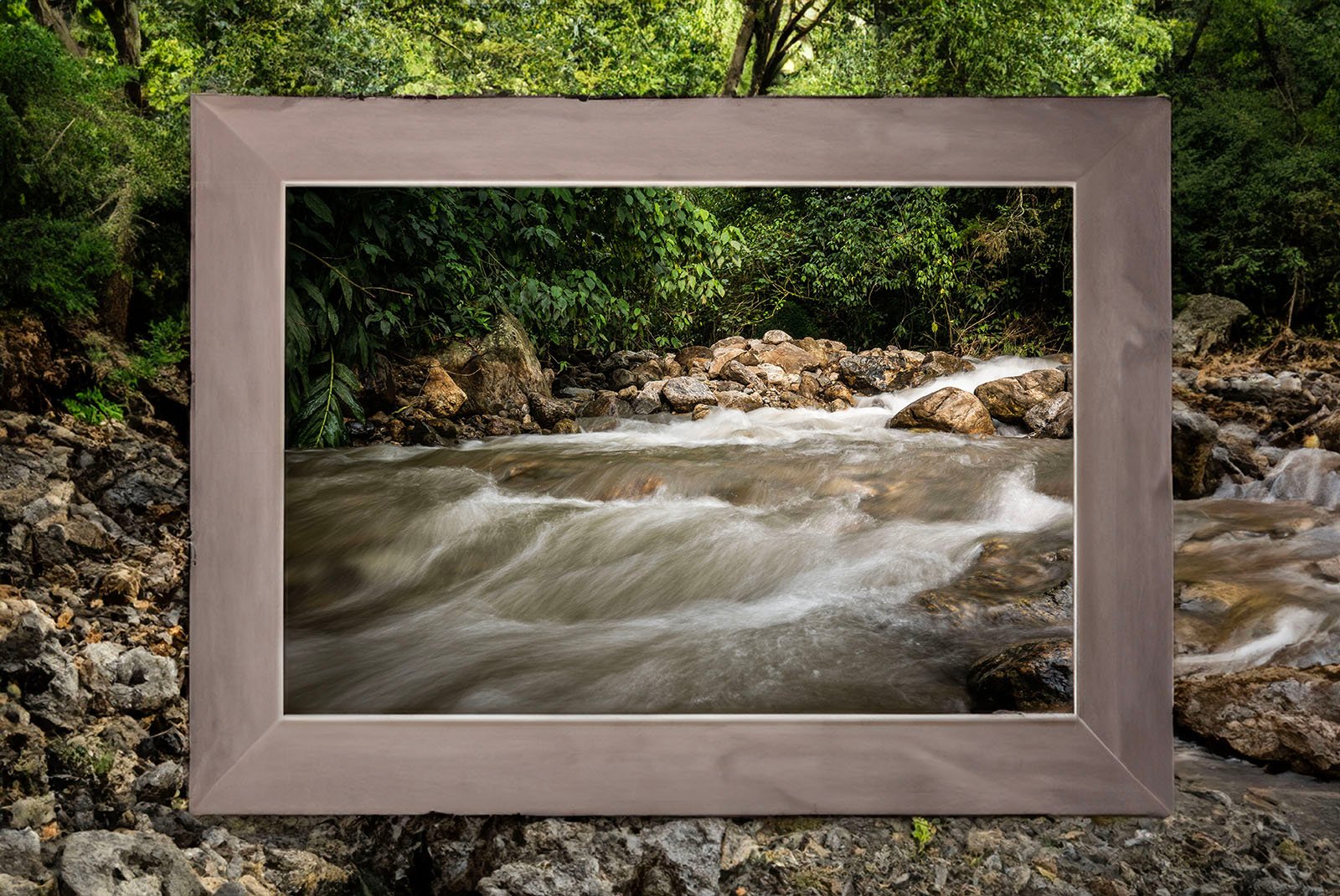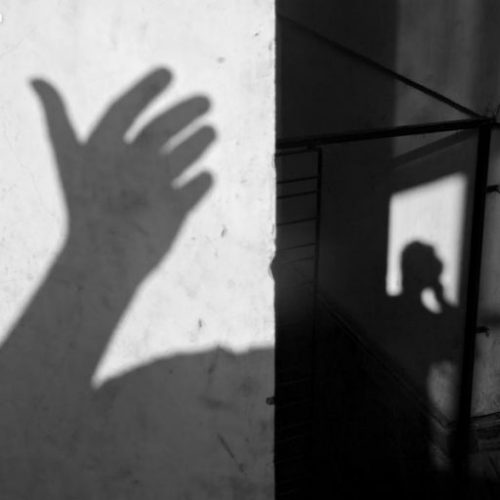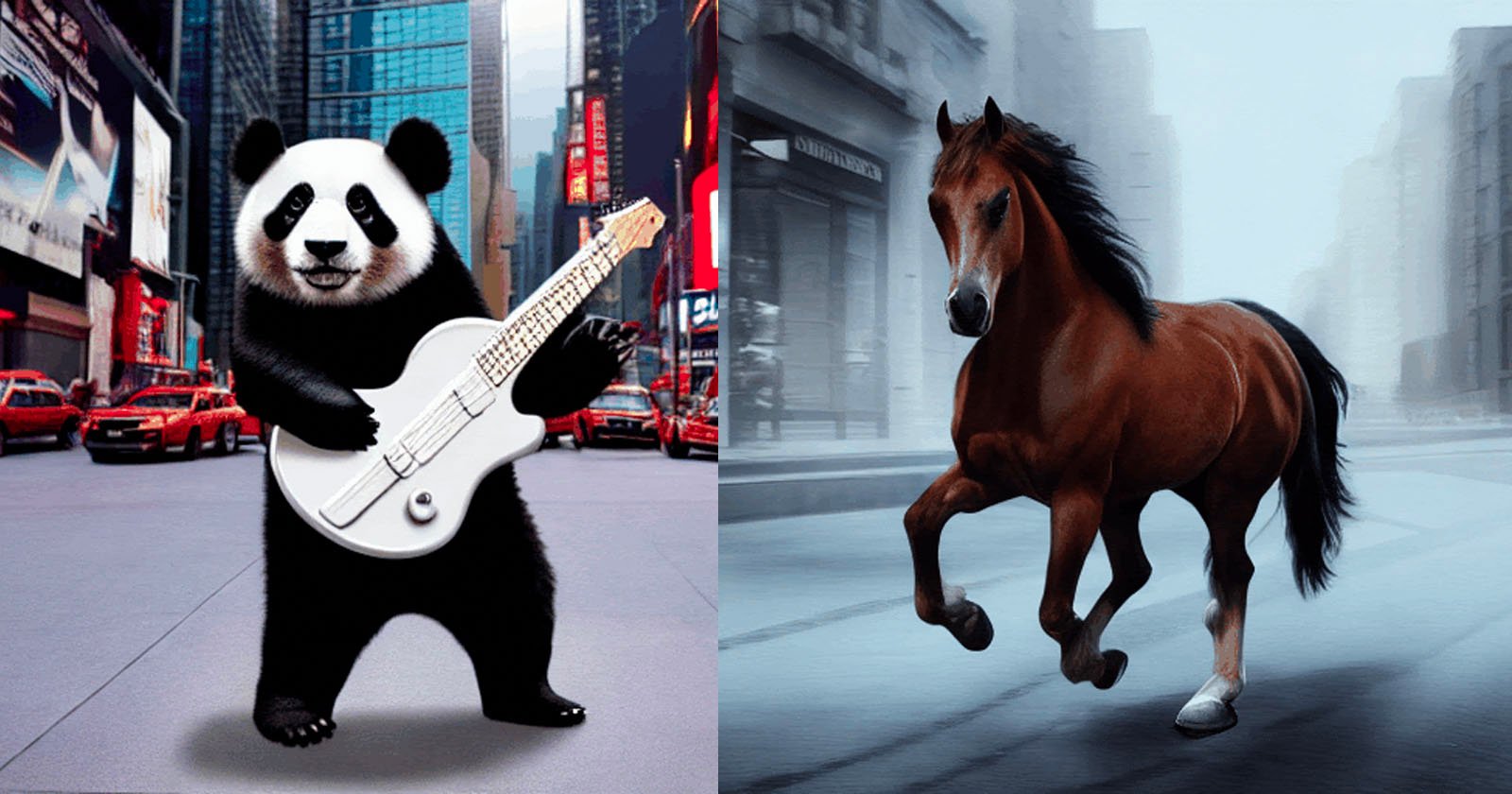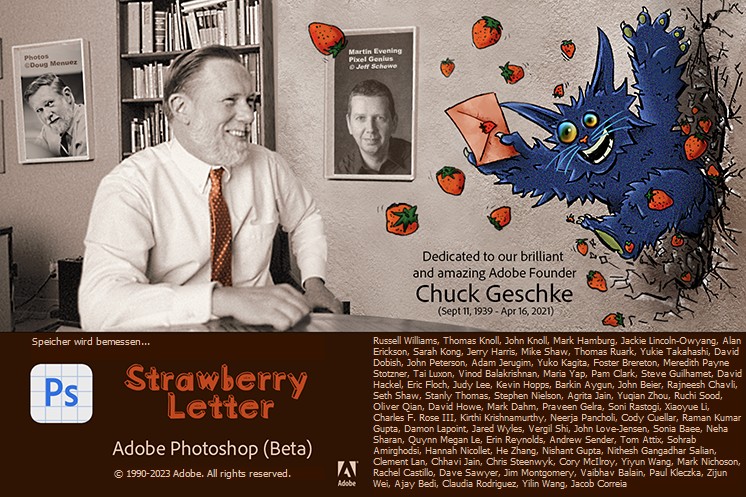
We’ve seen Adobe’s implementation of generative AI in Adobe Firefly, the web-based tool for creating entire synthetic images from text prompts. Generative Fill uses Firefly technology to edit existing images in a more targeted way, bringing generative AI to Photoshop as a standard feature soon.
More posts about AI Art Generator
How Generative Fill in Photoshop works
A generative AI system like Firefly creates entirely original images based on what’s described in a text prompt. It doesn’t lift sections of existing images and throw them together to create a new composition. Instead, using what it has learned from ingesting millions of photos, the system invents scenes and objects to match what it understands the text to mean. A prompt such as ‘Antique car on a rainy street at night’ assembles an image from a random mass of pixels to match what the system understands is a ‘car,’ ‘rain,’ ‘street,’ and ‘night.’ The systems usually provide multiple variations on your theme.
What if you already have a photo of a rainy street at night, and you want to add an antique car to the composition? Using Photoshop’s Generative Fill feature, you can select an area where you want the car to appear and type ‘Antique car’ to generate one (this is also known as ‘inpainting’). Or you can select objects you want to remove from an image and use Generative Fill without a specific text prompt to let the tool determine how to fill the missing area.





